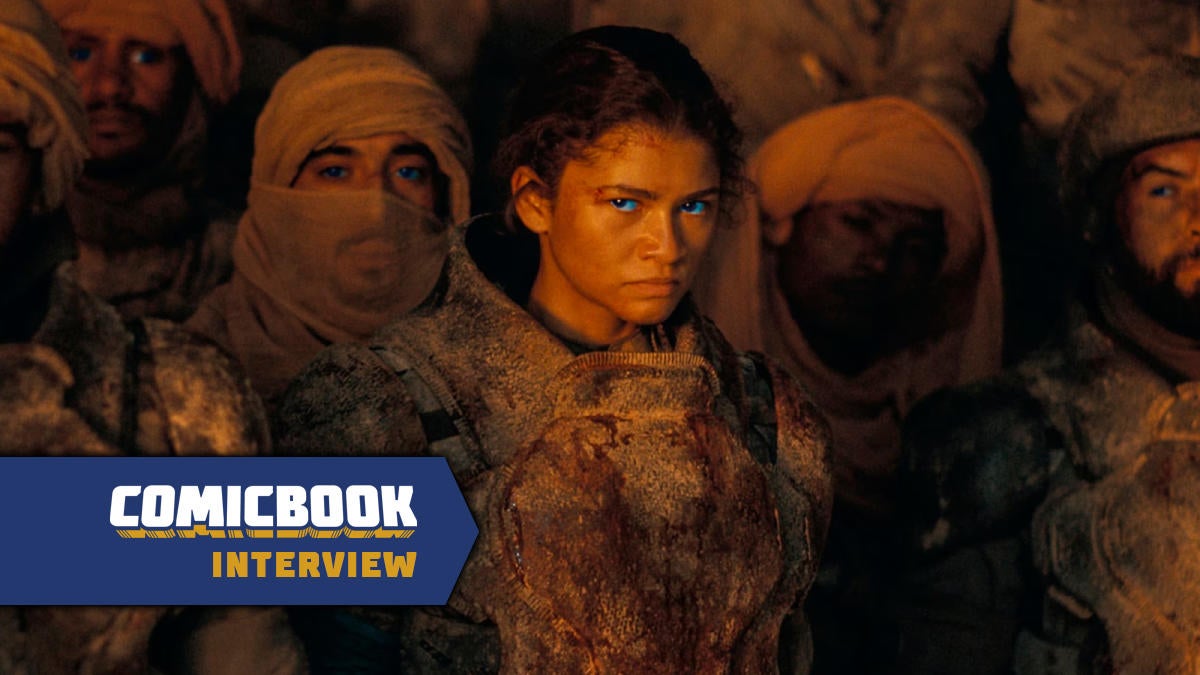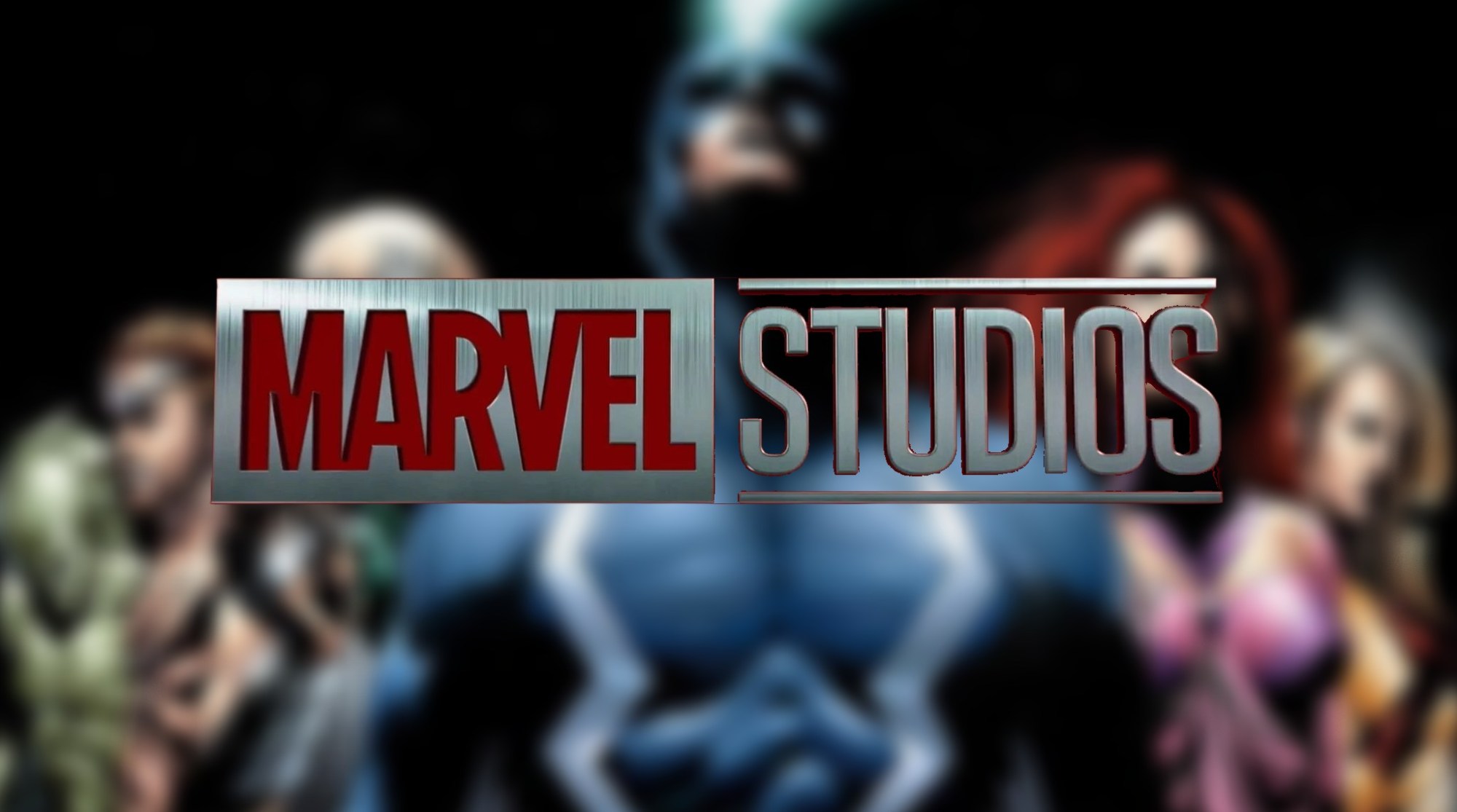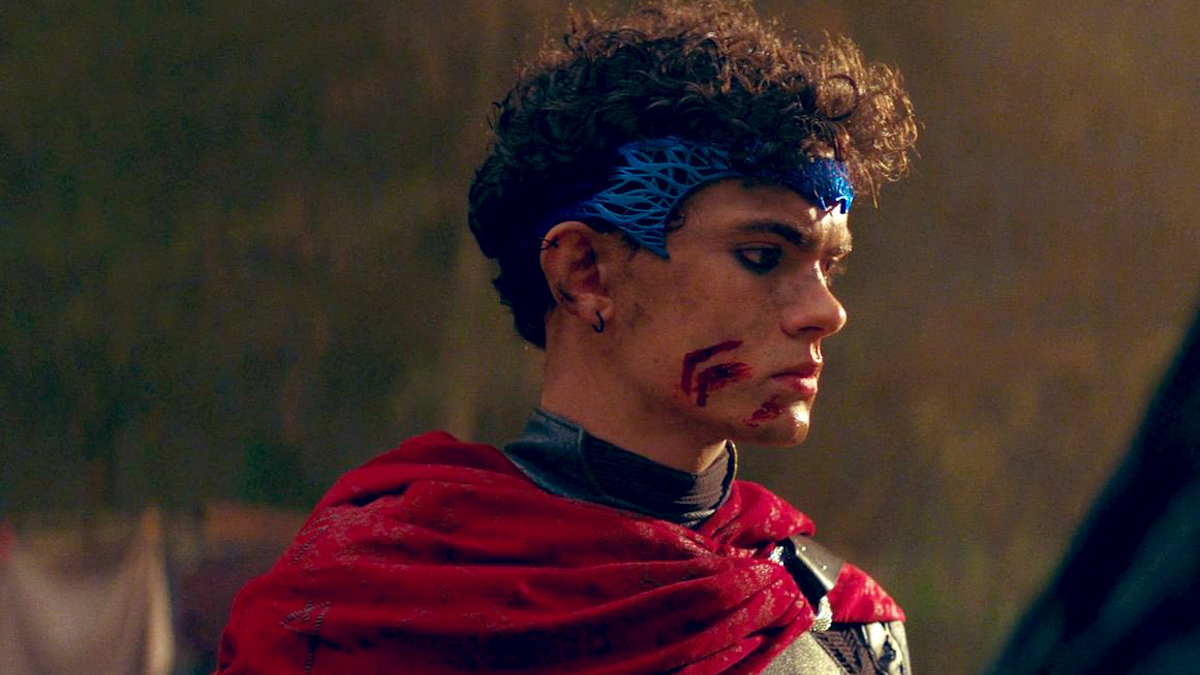The ending of Joker: Folie á Deux has a lot of viewers confused – if not angry. Here’s what it all meant.
Joker: Folie á Deux continued the controversial story of Todd Phillips’ Joker (2019) movie, finding Arthur Fleck (Joaquin Phoenix) in prison and facing trial. The renewed publicity over the Joker Killings brings out a twisted admirer in Harleen “Lee” Quinzel (Lady Gaga), who pushes Arthur to embrace his power and influence as “Joker,” even though Arthur’s lawyer Maryanne Stewart (Catherine Keener) has built his entire defense on the idea that “Joker” is a dissociative persona a troubled Arthur created to handle moments of extreme stress or conflict.
However, Arthur cannot be two people at once and eventually must decide whether “Arthur Fleck” or “Joker” was really behind the carnage and murder that was done. And the climactic end to that internal conflict (with all the song and dance that went with it) has a lot of viewers upset by the entire Joker movie saga.
Joker: Folie á Deux Ending Explained

In the final act of Joker: Folie á Deux, Arthur Fleck follows Lee’s lead and stops taking his medication, allowing his Joker mania to fully resurface. Arthur fires Maryanne and becomes his lawyer, wearing full Joker makeup. Joker is forced to confront those he wronged in the first film, like his co-worker Gary Puddles (Leigh Gill) and imagined girlfriend Sophie Dumond (Zazie Beetz), who share hard details about how Arthur was viewed by those who knew him – even his mother.
The revelations get to Arthur, and when he watches the guards at Arkham kill the inmate who was his biggest “fan,” Arthur decides to return to the courtroom to publicly denounce the Joker persona and accept his punishment – an act that breaks his bond with Lee. However, when the verdict is read by the judge, some crazy wannabe Jokers set off a car bomb outside the courthouse that kills nearly everyone in it, save Arthur, who is carried away by the terrorist Jokers. Arthur escapes to track down Lee, who wants no part of being with him, now that he’s tossed off the Joker mantle.
Arthur goes back to Arkham, but the next day an insane young inmate who has been watching him from the shadows the whole time finally approaches him and tells him a literal ‘killing joke,’ fatally stabbing Arthur to death in the hallway, before manically laughing and carving a smile into his own face.
What Does Joker 2’s Ending Mean?

There are a lot of viewers who are walking away from Joker: Folie á Deux with the theory that this ending scene is a connective thread that explains the origin of Heath Ledger’s Joker from The Dark Knight. The young Arkham inmate (played by actor Connor Storrie) looks like he could be a young Ledger (intentionally?) but it seems too simple to say that these Joker films were set up for Chris Nolan’s Dark Knight Trilogy.
Joker 2 invests a lot of its screen time addressing the events of the first Joker movie, and holding Arthur (and the audience) accountable for the carnage and grief he caused by his killing spree. In doing so the film arguably refutes the entire romanticized image of The Joker as a pop-culture icon – while simultaneously stating that our bent culture will never let go of its obsession with the character.
The ending of Folie á Deux is a cynical way of driving that point home: that even when Joaquin Phoenix’s time as the character is done (as it clearly is), there’s another actor who would step over his dead body (so to speak) to grab the role.
Joker: Folie á Deux is now in theaters.







